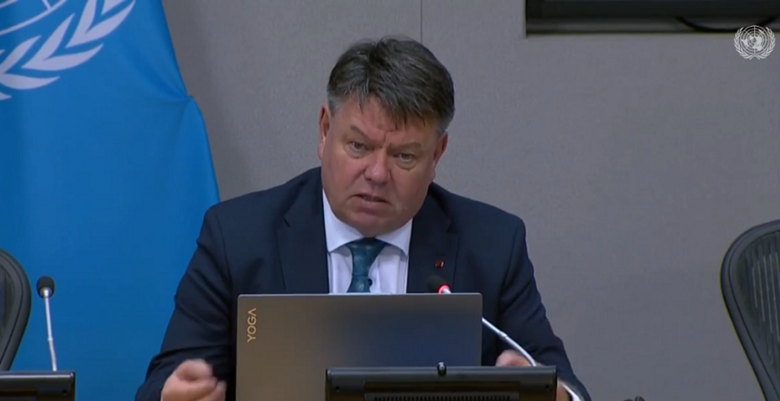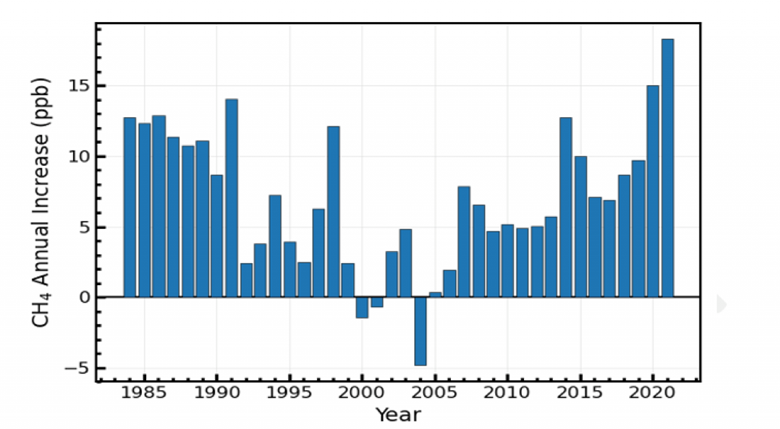Free Courses Sale ends Soon, Get It Now


Free Courses Sale ends Soon, Get It Now



Disclaimer: Copyright infringement not intended.
Context: Atmospheric levels of all three greenhouse gases — carbon dioxide, methane and nitrous oxide — reached an all-time high in 2021, according to a United Nations agency. Scientists from the World Meteorological Organization said that the continuing rise in concentrations of the heat-trapping gases means “we are heading in the wrong direction.”
Details:

World Meteorological Organization (WMO):
© 2024 iasgyan. All right reserved